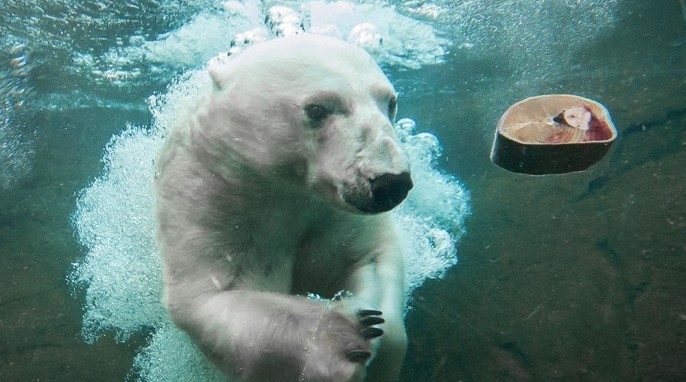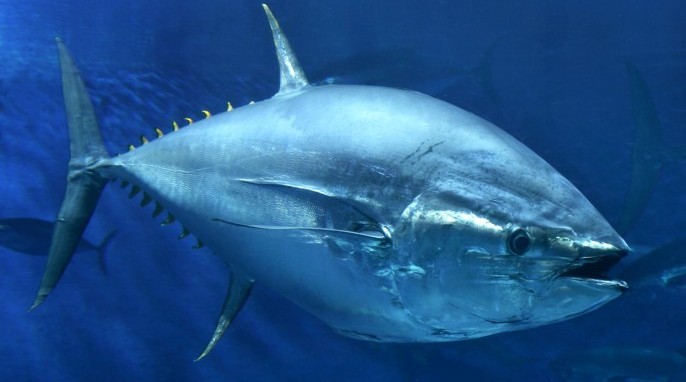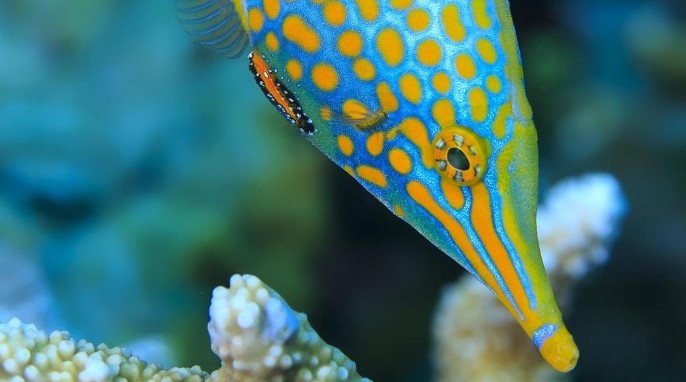Fishing for Facts: Studying the Rare Coelacanth
Find out how coelacanth bodies are preserved so you can view them in natural history museums. Video, Shelf Life Episode Three. Meet the Coelacanth Coelacanths (see-la-kanths) are large, ancient fish with arm-like fins and armor-like scales. They can be found in the fossil record through the time of the dinosaurs, but disappear about 70 million years ago. Everyone thought the creature was extinct. Then, in 1938, the coelacanth splashed into the modern world when one was caught in a fishing net off the coast of South Africa. The prehistoric specimen…
Read More



